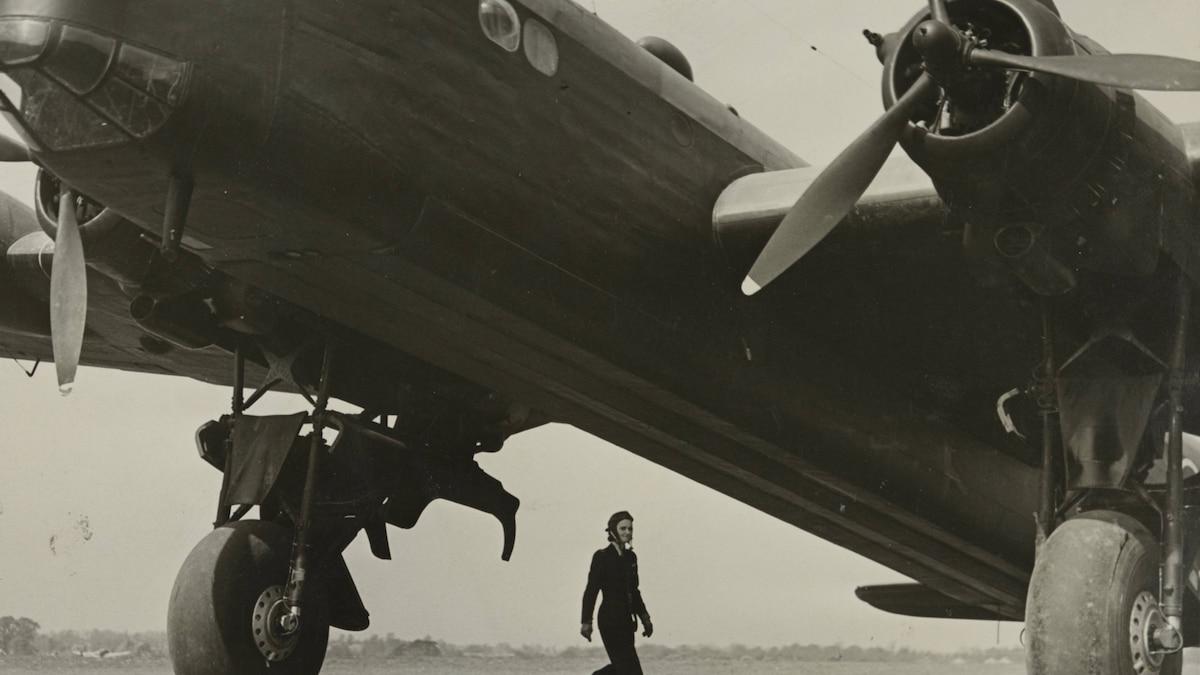Now Reading: Unveiling the Creatures Behind Rare Ocean Gemstones
-
01
Unveiling the Creatures Behind Rare Ocean Gemstones
Unveiling the Creatures Behind Rare Ocean Gemstones

Fast Summary
- Sea urchin skeletons,called tests,exhibit intricate patterns and vibrant colors,showcasing radial symmetry and unique textures.
- Anders Hallan of the Australian museum began photographing sea urchin skeletons in 2018, completing a composite image in 2024 using 76 photographs collected globally.
- Since 2022, sea urchins face severe threats due to scuticociliate pathogens causing soft tissue decay and mass die-offs across regions such as the Caribbean, Mediterranean, Red Sea, and Indian Ocean. Thousands of dead specimens have been recorded.
- Sea urchins play a crucial role in maintaining reef health by consuming algae; thier survival is essential for sustaining coral ecosystems.
- The term “urchin” stems from a medieval word for “hedgehog,” reflecting their spiny exterior utilized for defense and mobility.
Indian Opinion Analysis
The reported mass die-off of sea urchins poses ecological concerns with direct relevance to India’s marine environments around the Indian Ocean region. As primary consumers within coral reef systems-key biodiversity hotspots-sea urchins prevent algal overgrowth that can suffocate corals essential to maintaining healthy marine ecosystems. Their decline could disrupt marine balance with cascading effects on fisheries reliant on coral reefs for sheltering diverse species.
India must focus on monitoring regional trends related to this pathogen’s spread while exploring strategies that prioritize local conservation alongside global solutions addressing oceanic health challenges like pollution or biodiversity loss-all factors possibly intensifying ecosystem vulnerability against pathogens like scuticociliates.
Read More: National Geographic



























